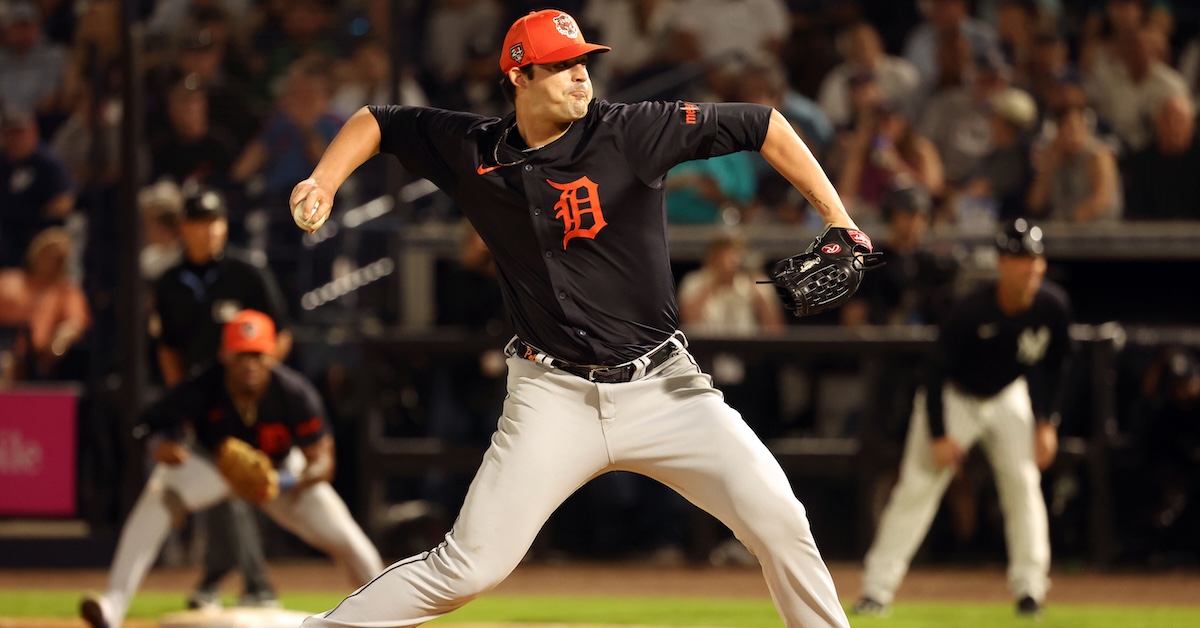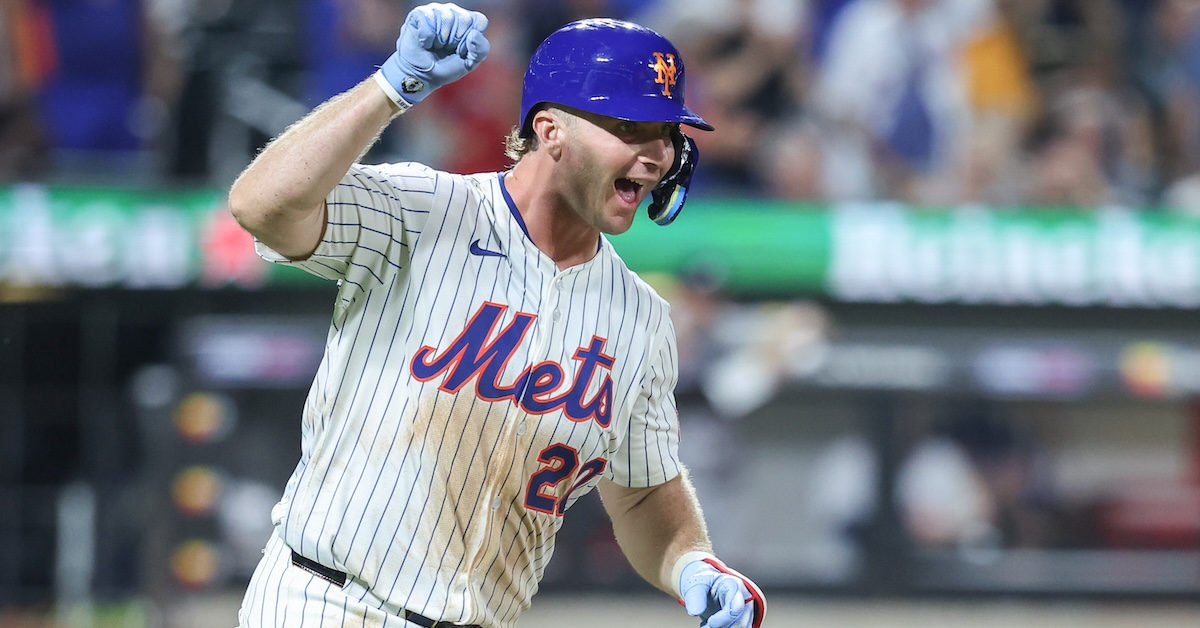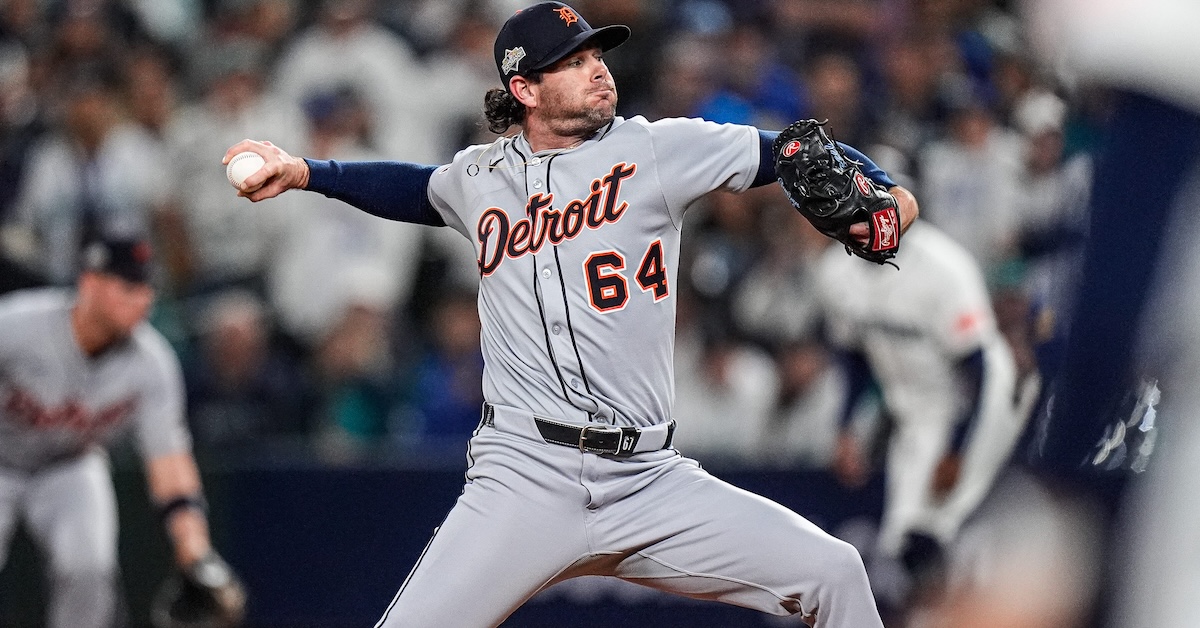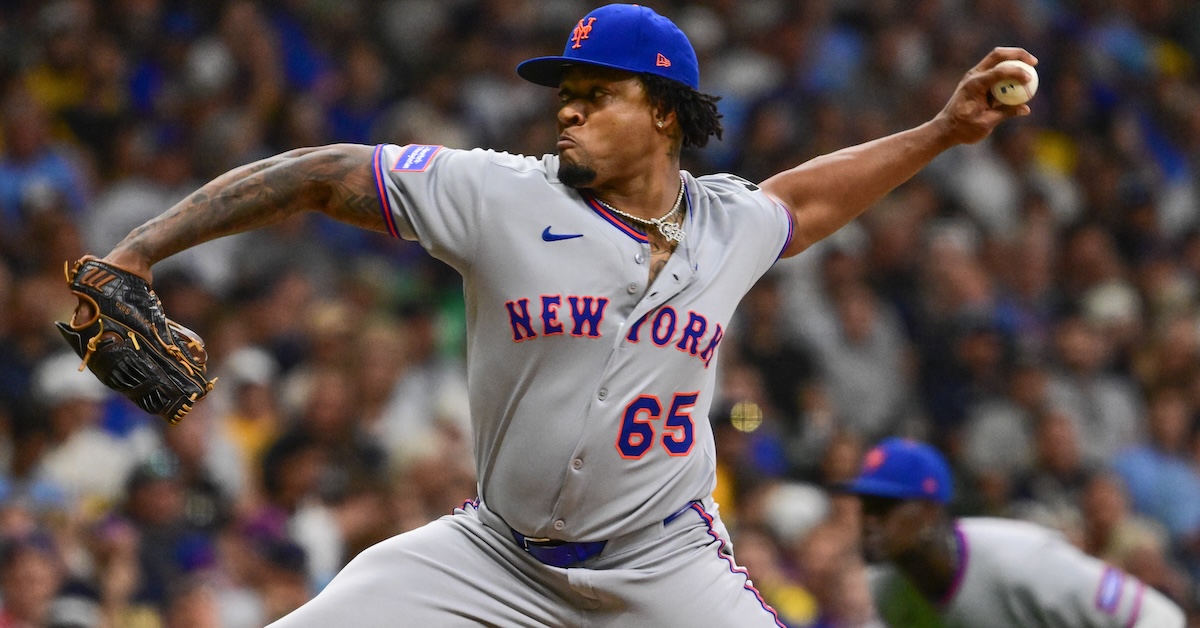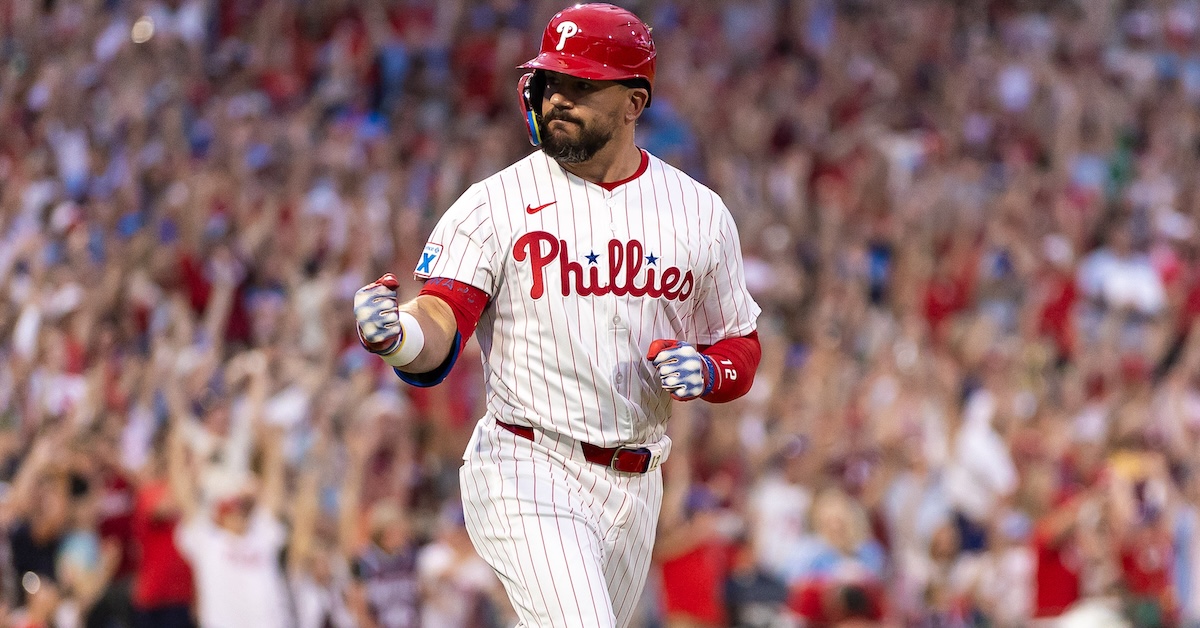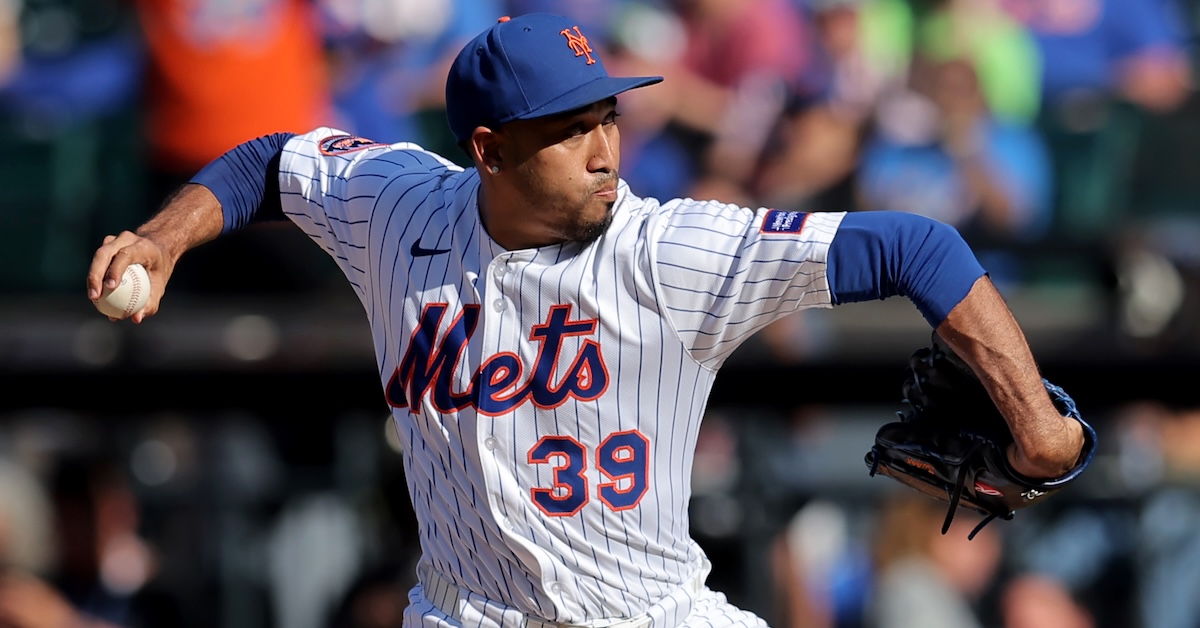2026 ZiPS Projections: New York Yankees
For the 22nd consecutive season, the ZiPS projection system is unleashing a full set of prognostications. For more information on the ZiPS projections, please consult this year’s introduction, as well as MLB’s glossary entry. The team order is selected by lot, and the next team up is the New York Yankees.
Batters
The Yankees aren’t the flashy spenders they used to be, but they still put very good teams on the field year after year, and the memory of their rather down 2023 is now another season further back in the rear view mirror. Most fanbases would be happy with a 94-68 season, but with New York no longer the big dogs when it comes to payroll, there’s an odd portion of the faithful who have come to believe that the team is fundamentally broken and needs to bunt a lot more and stop using analytics, which is a bit like wanting to fix your constantly running toilet by converting your toolshed into an outhouse. In reality, the Yankees are just a normal really good franchise these days.
The offense, of course, starts, ends, and runs through Aaron Judge. I don’t think I need to spend too much time cataloguing his merits, other than to note that he’s already passed the bus test for me — as in, if he got hit by a bus tomorrow, he’s already done enough in his career to be Cooperstown bound as far as I’m concerned. It is a little odd, though, that when we talk about players who have established their Hall of Fame credentials, we always seem to have them meet their demise via some mishap with mass transit. Read the rest of this entry »

